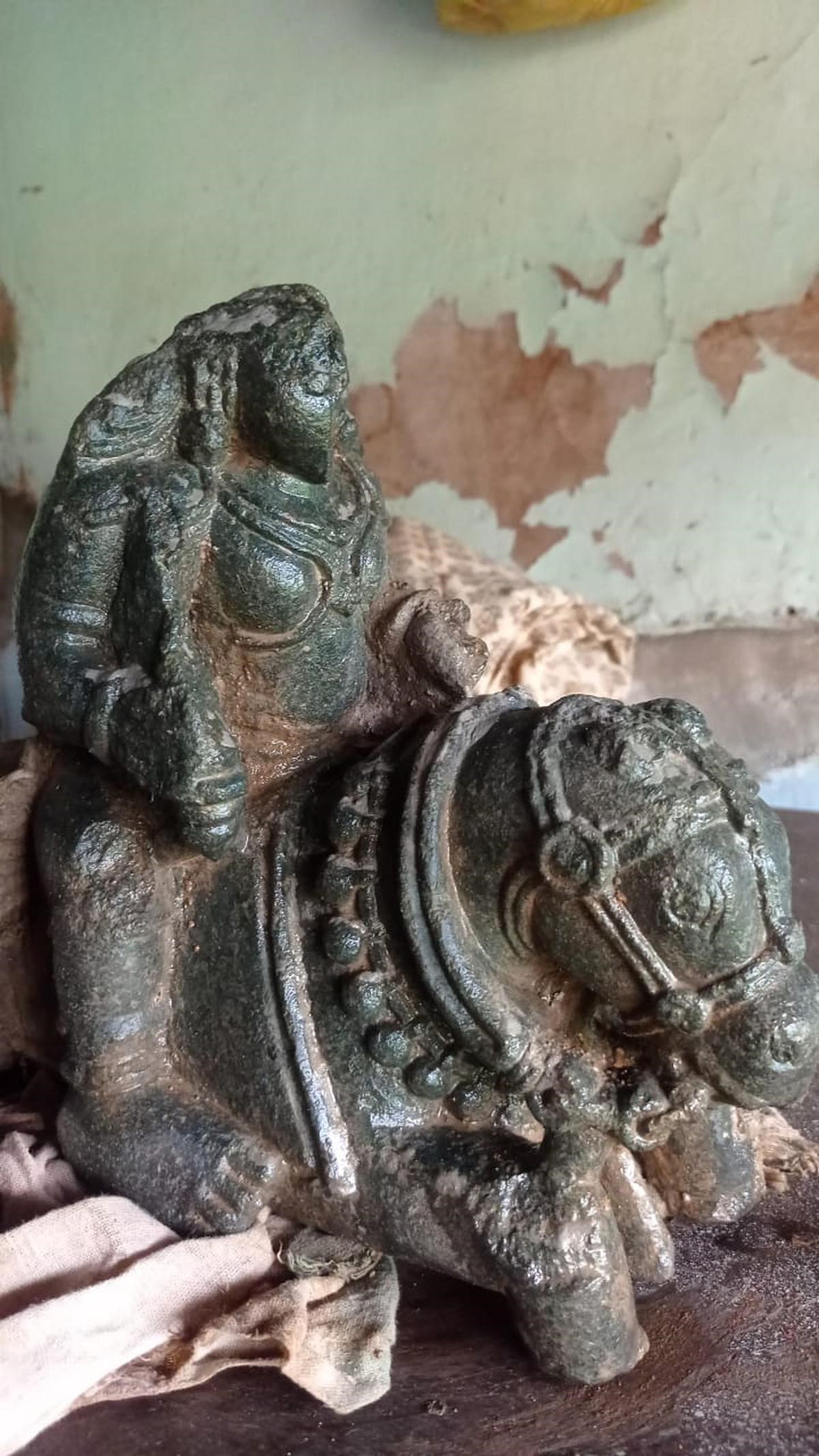Free Courses Sale ends Soon, Get It Now


Free Courses Sale ends Soon, Get It Now



Disclaimer: Copyright infringement not intended.
Context
Details
The Discoveries
Mutilated Royal Hero Sculpture
Mylara and Mylaladevi Sculpture
Historical and Cultural Significance
Proof of Mylara Cult Existence
Basrur's Historical Importance
The Mylara Cult
Historical Evolution
Core Beliefs and Practices
Cultural and Social Significance
Festivals and Gatherings
Contemporary Relevance
Conclusion
The recent discovery of ancient sculptures in Basrur unveils the presence of the Mylara cult in the coastal region of Karnataka. These sculptures not only provide insights into the historical timeline of the cult but also highlight the cultural and religious significance it held for the people of that era. As tangible artifacts of the past, these sculptures contribute to the understanding of the rich heritage and diverse traditions that shaped the region's history.
|
PRACTICE QUESTION Q. Explain the cultural and historical significance of the Mylara cult in the coastal region of South India. How did this cult influence the socio-religious practices and local traditions? (250 Words) |
© 2024 iasgyan. All right reserved